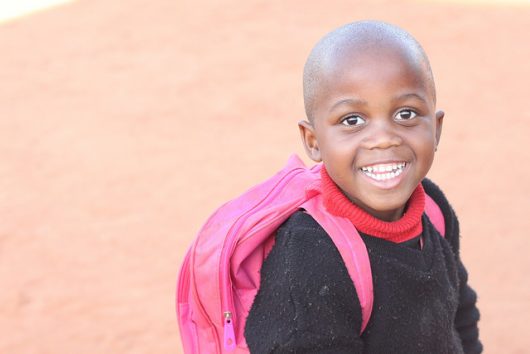10 Important Facts to Know About Refugees in Swaziland

As attention turns to the world’s refugee population, it becomes evident that this is a problem area that needs help. Africa alone holds more than 15 million refugees and accounts for a fourth of the world’s displaced population. Swaziland is no different, as the country has seen its fair share of refugees over the past decade. Listed below are 10 facts about refugees in Swaziland:
- The Office of the United Nations High Commissioner for Refugees (UNHCR) established itself in Swaziland in 1978 to help with an influx of refugees who were fleeing apartheid in South Africa.
- In the 1980s, there were as many as 20,000 refugees in Swaziland. As many as 8,000 of these refugees were Mozambicans fleeing from their civil war.
- In 2005, the UNHCR handed over all of its refugee services to the Swaziland government, as the number of refugees had drastically decreased following the abolishment of apartheid. Refugees in Swaziland at the Malindza and Ndzevane refugee camps began to rely on the government for key services.
- The number of refugees in Swaziland decreased from 759 refugees in 2011 to 505 in 2012. This change was perhaps due to a massive drought and food concerns in the region that began at that time.
- In 2015, a sample of data was collected by the UNHCR concerning refugees in Swaziland. The data found that the number of refugees still had not reached pre-drought levels and was currently at 696 refugees.
- Refugees in Swaziland today come from surrounding countries which include Burundi, Angola, the Democratic Republic of the Congo, Rwanda and Somalia.
- New arrivals are held in the Malindza reception center and refugee camp that the UNHCR established. They are supplied with household items and blankets.
- Swaziland refugee children are enrolled in schools in order to integrate, and the Swaziland government applies to the UNHCR for funding in order for the children to attend for free.
- Malindza has health services for the refugees, including a primary care clinic that services the local community as well. The government understands that refugees come from difficult circumstances, so they also provide counseling services.
- In addition to providing household items, the opportunity to have gainful employment and medical assistance, Malindza and the Swaziland government have set up a food assistance program. This program was created to help new arrivals and the vulnerable which includes disabled persons and children. This program allows these people to receive food prepared in the communal kitchen.
Despite numerous hardships of their own, the people who call this small monarchy in Southern Africa home continue to provide their fellow people of Africa a safe place to escape from difficult circumstances. Although they no longer host thousands of refugees, the country still continues to treat those they do house with respect.
– Rachael Blandau
Photo: Flickr
